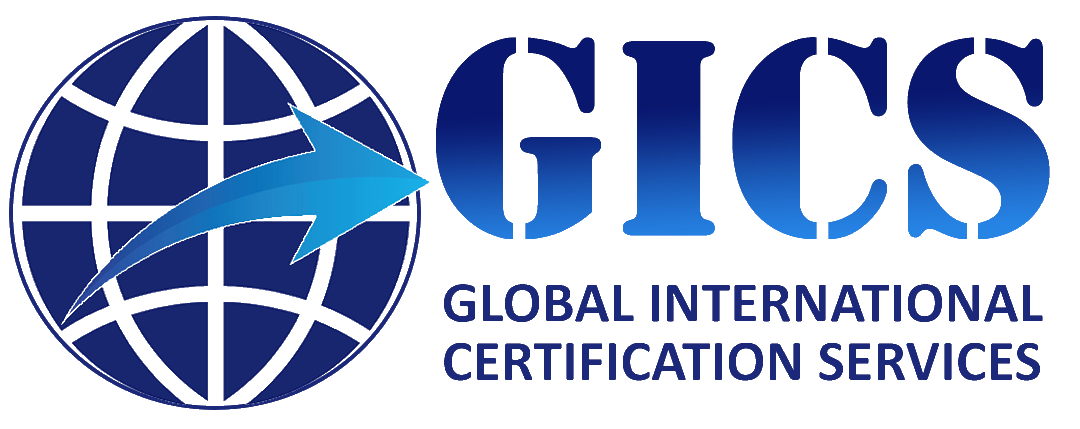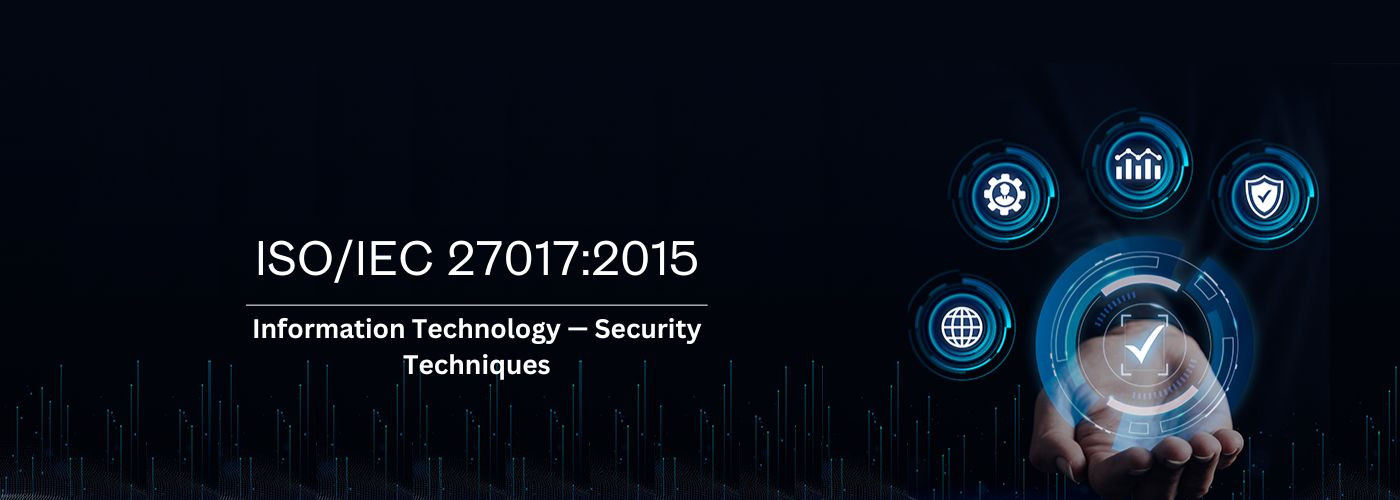Information Security Controls for Cloud Services
ISO/IEC 27017:2015 is an international standard that provides guidelines for information security controls applicable to the provision and use of cloud services. It builds on the ISO/IEC 27001 standard (which provides a framework for establishing, implementing, and maintaining an information security management system, ISMS), and ISO/IEC 27002 (which offers a detailed set of controls for information security management).
This standard specifically addresses the unique security challenges posed by cloud computing environments and provides best practices for both cloud service providers (CSPs) and cloud service customers (CSCs). It aims to establish trust and confidence in the cloud services and ensure the protection of sensitive data in these environments.
What is ISO/IEC 27017:2015?
ISO/IEC 27017:2015 is a specialized extension of the broader ISO/IEC 27001 framework for managing information security. It provides cloud-specific guidance on how to protect cloud-based data, whether for customers or service providers. The goal is to ensure that security measures in cloud environments meet the needs of all parties involved, considering the shared responsibility model typical of cloud computing.
The standard addresses aspects of security such as:
- Access control
- Data encryption
- Incident management
- Compliance and legal requirements
- Risk management
Key Features of ISO/IEC 27017:2015
- Cloud-Specific Security Guidelines: ISO/IEC 27017 offers specific guidelines and recommendations for managing security risks related to cloud environments. These include recommendations on how cloud providers should manage their infrastructure and how customers can secure their data and services.
- Shared Responsibility Model: It emphasizes the need for clear definitions of security responsibilities between cloud service providers and their customers. This ensures that both parties understand their roles in protecting sensitive data and minimizing risks.
- Cloud Security Framework: The standard includes practical advice for implementing a robust security framework for cloud computing, taking into account the unique challenges and risks of cloud environments such as data sovereignty, multi-tenancy, and virtualized environments.
- Compliance and Legal Considerations: ISO/IEC 27017 includes guidance for ensuring compliance with applicable laws and regulations in different jurisdictions, helping organizations avoid legal pitfalls and ensuring their data protection measures meet local, regional, and international standards.
- Security Incident Management: The standard includes best practices for detecting, reporting, and responding to security incidents within cloud environments, improving the ability of organizations to quickly mitigate potential threats.
Benefits of Implementing ISO/IEC 27017:2015
- Increased Trust with Cloud Customers: Cloud service providers who implement ISO/IEC 27017 demonstrate a commitment to the security and privacy of their customers’ data, which can enhance their reputation and competitive advantage.
- Improved Security Posture: By aligning with this international standard, both cloud providers and customers can systematically address and mitigate the risks associated with cloud services.
- Compliance with Industry Regulations: Many industries are subject to strict data protection and privacy regulations (such as GDPR, HIPAA, etc.). ISO/IEC 27017 helps organizations align their cloud security practices with legal and regulatory requirements, reducing compliance risk.
- Clearer Roles and Responsibilities: By defining the shared responsibilities between cloud service providers and customers, ISO/IEC 27017 helps prevent misunderstandings and security gaps, reducing the potential for incidents.
- Risk Reduction: By following the security controls and best practices outlined in the standard, organizations can identify and mitigate risks before they become significant threats.
Key Controls in ISO/IEC 27017:2015
ISO/IEC 27017 includes detailed security controls that should be adopted for effective information security in cloud environments. Some of the key controls are:
- Access Control:
- Policies for controlling access to cloud services and cloud-based data.
- Ensuring the principle of least privilege is applied.
- Encryption:
- Guidance on the encryption of data in transit and at rest.
- Key management practices for both providers and customers.
- Monitoring and Audit:
- Cloud providers and customers should implement continuous monitoring and audit logging for all cloud activities, ensuring visibility into the cloud environment.
- Incident Management:
- Guidance on managing security incidents, including identification, escalation, and resolution.
- Joint response strategies for cloud providers and customers.
- Security Configuration:
- Best practices for securely configuring cloud services, both at the provider’s end and the customer’s end.
- Security settings and policies for cloud-based virtual machines and applications.
- Data Protection:
- Ensuring customer data is handled securely throughout its lifecycle, including storage, transmission, and destruction.
- Guidelines for ensuring data segregation in multi-tenant cloud environments.
- Third-Party Management:
- Implementing controls for managing third-party suppliers and subcontractors involved in the delivery of cloud services.
Who Should Consider ISO/IEC 27017:2015?
- Cloud Service Providers (CSPs): Organizations offering cloud services should implement ISO/IEC 27017 to ensure their security practices align with industry standards and meet the needs of their customers.
- Cloud Service Customers (CSCs): Organizations that use cloud services can adopt ISO/IEC 27017 to better manage their own security and ensure they are properly safeguarding their data.
- Regulatory Bodies and Auditors: Regulatory bodies can reference ISO/IEC 27017 for establishing cloud-specific security requirements, while auditors may use it as a basis for evaluating the effectiveness of an organization’s cloud security practices.
How to Achieve ISO/IEC 27017 Certification?
Achieving ISO/IEC 27017 certification involves the following steps:
- Conduct a Gap Analysis: Identify where your current security practices align or diverge from the ISO/IEC 27017 controls.
- Develop a Cloud Security Policy: Define security policies specific to cloud environments, covering access, encryption, incident management, and more.
- Implement Security Controls: Adopt the necessary controls and processes as per the guidelines in ISO/IEC 27017.
- Audit and Review: Conduct internal audits to verify that security measures are properly implemented.
- Seek Certification: Engage with an accredited certification body to perform an audit and achieve certification.

